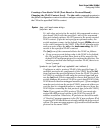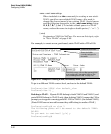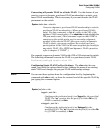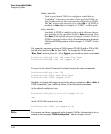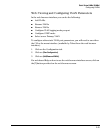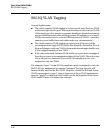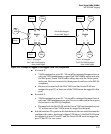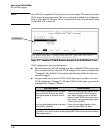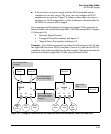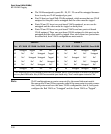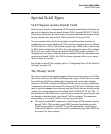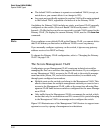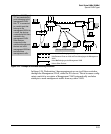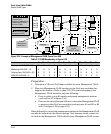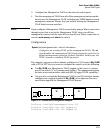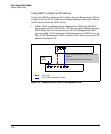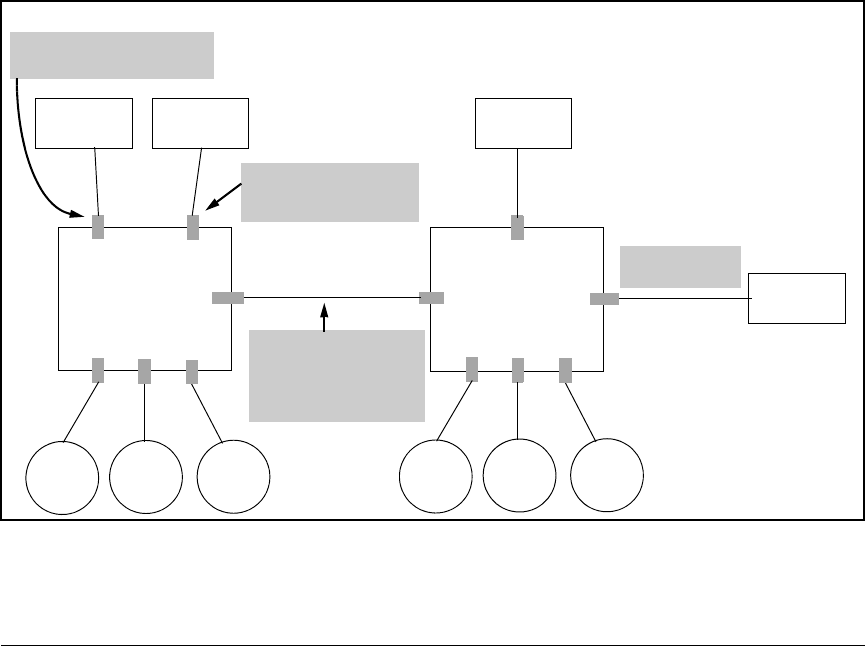
Static Virtual LANs (VLANs)
802.1Q VLAN Tagging
■ If all end nodes on a port comply with the 802.1Q standard and are
configured to use the correct VID, then, you can configure all VLAN
assignments on a port as “Tagged” if doing so either makes it easier to
manage your VLAN assignments, or if the authorized, inbound traffic for
all VLANs on the port will be tagged.
For a summary and flowcharts of untagged and tagged VLAN operation on
inbound traffic, refer to the following under “VLAN Operating Rules” on pages
2-15 through 2-18:
• “Inbound Tagged Packets”
• “Untagged Packet Forwarding” and figure 2-7
• “Tagged Packet Forwarding” and figure 2-8
Example. In the following network, switches X and Y and servers S1, S2, and
the AppleTalk server are 802.1Q-compliant. (Server S3 could also be 802.1Q-
compliant, but it makes no difference for this example.) This network includes
both protocol-based (AppleTalk) VLANs and port-based VLANs.
AppleTalk
Server
Switch
“X”
X1
X2
X3
X6
X5
Green
VLAN
System
Server S2
Switch
“Y”
Y6
Y1
Apple
Talk
VLAN 1
System
Server S1
X4
Red
VLAN
Y5
Y4
Apple
Talk
VLAN 2
Y3
Green
VLAN
Red
VLAN
Y2
Red VLAN: Untagged
Green VLAN: Tagged
AT2 (Protocol) VLAN:
Untagged
Red VLAN: Untagged
Green VLAN: Tagged
AT1 (Protocol) VLAN:
Untagged
Only
Green VLAN
System
Server S3
Figure 2-32. Example of Networked 802.1Q-Compliant Devices with Multiple VLANs on Some Ports
2-49



